
Cleanroom Automated Pass-Thru Doors - How They Work and Why
- By:ren
- 2022-11-05
- 29
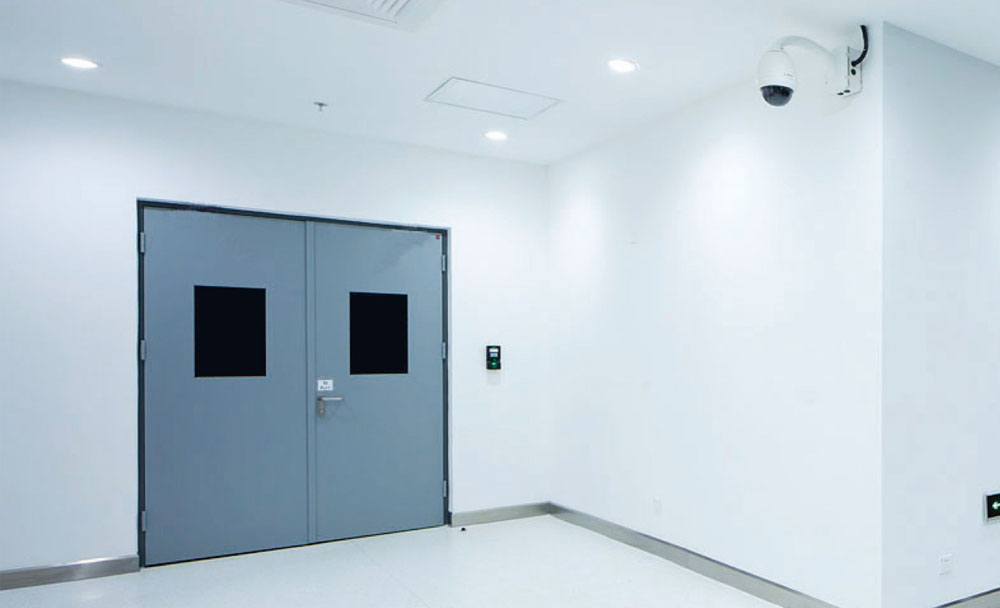
In a cleanroom or manufacturing environment, automated pass-thru doors are used to control the movement of people and materials. These doors require no human intervention once they have been programmed. They can be locked, unlocked, and opened only when the criteria for doing so has been met. Cleanrooms have stringent air filtration systems to remove particles from the air and maintain an environment that’s free of contaminants. These contaminant levels must be maintained at all times. An un-automated manual door could pose a risk to the integrity of the cleanroom as it is a potential source for contamination of the air within it. A cleanroom uses automated pass-thru doors to minimize this risk as well as limit access only to authorized personnel with clearance to enter it.
Why use an automated pass-thru door for your cleanroom?
In a cleanroom door manufacturing environment, automated pass-thru doors are used to control the movement of people and materials. These doors require no human intervention once they have been programmed. They can be locked, unlocked, and opened only when the criteria for doing so has been met. Cleanrooms have stringent air filtration systems to remove particles from the air and maintain an environment that’s free of contaminants. These contaminant levels must be maintained at all times. An un-automated manual door could pose a risk to the integrity of the cleanroom as it is a potential source for contamination of the air within it. A cleanroom uses automated pass-thru doors to minimize this risk as well as limit access only to authorized personnel with clearance to enter it.
How does an automated pass-thru door work?
An automated pass-thru door consists of a control system, a door operator, and an air barrier. The control system reads information from the operator, including the door location, direction, and speed. It also has sensors to monitor the inputs and outputs of the cleanroom or manufacturing environment such as pressure, flow rate, and air vitals. The door operator is responsible for the door opening and operation. It consists of a motor and a gearbox to open and close the door as well as a door position sensor to indicate the door’s location. The air barrier is a barrier that is designed to control the flow of air within the cleanroom environment. You can select an air barrier based on your needs as well as your area and climate. For example, an air barrier that uses filters will require more maintenance than one that uses HEPA filtration. Some automated pass-thru doors also include a communications system. This can be a wired or wireless connection that allows you to operate and monitor the door from a remote location.
How an Automated Pass-Thru Door Works
An automated pass-thru door consists of a control system, a door operator, and an air barrier. The control system reads information from the operator, including the door location, direction, and speed. It also has sensors to monitor the inputs and outputs of the cleanroom or manufacturing environment such as pressure, flow rate, and air vitals. The door operator is responsible for the door opening and operation. It consists of a motor and a gearbox to open and close the door as well as a door position sensor to indicate the door’s location. The air barrier is a barrier that is designed to control the flow of air within the cleanroom environment. You can select an air barrier based on your needs as well as your area and climate. For example, an air barrier that uses filters will require more maintenance than one that uses HEPA filtration. Some automated pass-thru doors also include a communications system. This can be a wired or wireless connection that allows you to operate and monitor the door from a remote location.
Advantages of Automated Pass-Thru Doors
Automated pass-thru doors have many benefits that make it a popular solution for cleanrooms and manufacturing environments. It has a large selection of options that allow you to customize the door to your needs. Additionally, these doors are easy to install and maintain. Manual doors pose a risk of being opened or closed during the wrong time. An automated pass-thru door operates 24 hours a day, 7 days a week. This makes it ideal for operations that run around the clock such as manufacturing and healthcare facilities. Automated pass-thru doors are also more secure than manual doors. They can be programmed to allow entry for specific personnel only at specific times based on the passcode or biometric identification.
Drawbacks of Automated Pass-Thru Doors
Automated pass-thru doors do have some drawbacks, but they are easy to overcome with proper planning and consideration. They are often more expensive than manual doors, which could be a significant factor when weighing which door to install. Another drawback is that an automated pass-thru door is only as secure as the passcode or biometric identification. If an unauthorized person gets a hold of this information, they can gain entry to the cleanroom or manufacturing environment. It’s best to protect this information through strict security measures and protocols. It’s important to note that the cleanroom door must be designed to accommodate the requirements of the control system. This is often the deciding factor when choosing which door to install because it will dictate the height of the door and the width of the opening it requires.
Tips for Using an Automated Pass-Thru Door
When using an automated pass-thru door, make sure you adhere to all installation and maintenance requirements. This includes programming the door to meet the needs of your cleanroom or manufacturing environment. It’s important to maintain the equipment and parts through regular inspections and repairs. This ensures that the door operates as intended and is not a source for contamination of the cleanroom environment. Test the door regularly to make sure that it is working properly. It’s also important to keep the passcode and biometric identification private and secure. This ensures that the door is only accessible by authorized personnel. Above all, remember that the door is only as good as the operator.
Conclusion
A cleanroom or manufacturing environment uses automated pass-thru doors to control the movement of people and materials. These doors require no human intervention once they have been programmed. They can be locked, unlocked, and opened only when the criteria for doing so has been met. Cleanrooms have stringent air filtration systems to remove particles from the air and maintain an environment that’s free of contaminants. These contaminant levels must be maintained at all times. An un-automated manual door could pose a risk to the integrity of the cleanroom as it is a potential source for contamination of the air within it. A cleanroom uses automated pass-thru doors to minimize this risk as well as limit access only to authorized personnel with clearance to enter it.
-
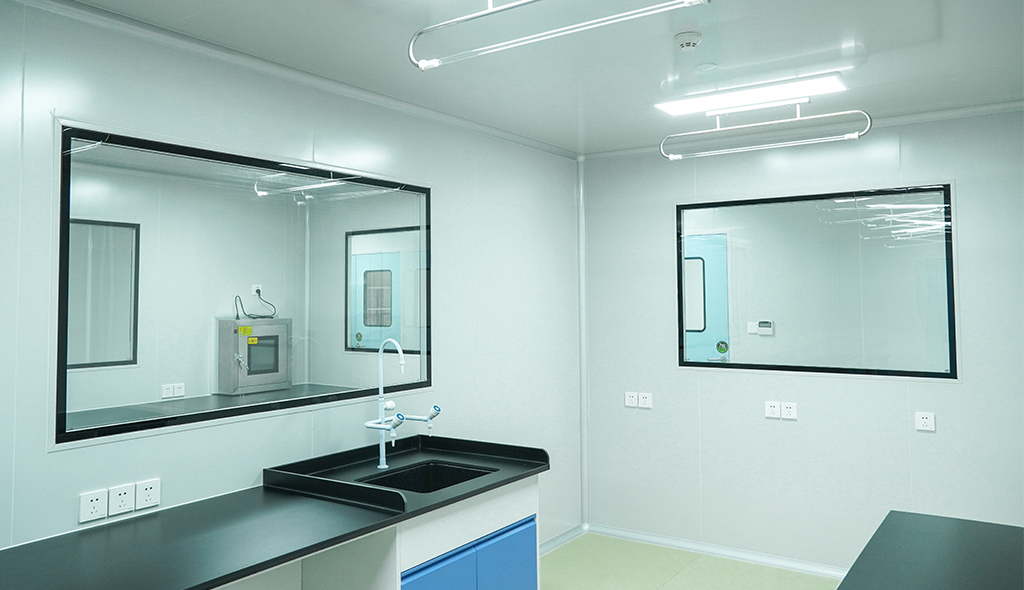 Cleanroom Glass Windows Are The Key to Maintaining a Clean Environment
Cleanroom Glass Windows Are The Key to Maintaining a Clean Environment -
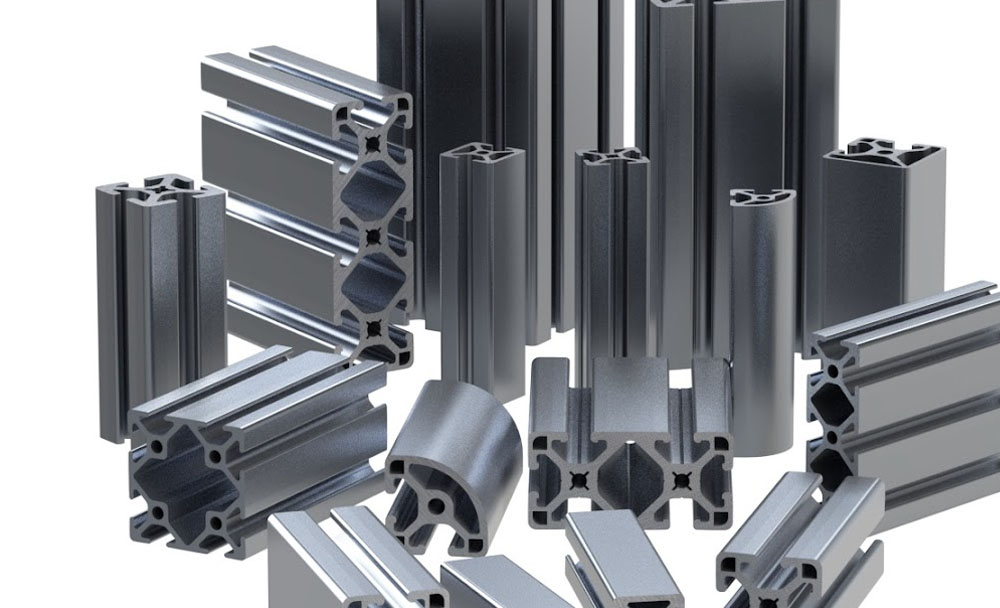 Top Aluminium Profile Manufacturers in China: Leading the Global Market
Top Aluminium Profile Manufacturers in China: Leading the Global Market -
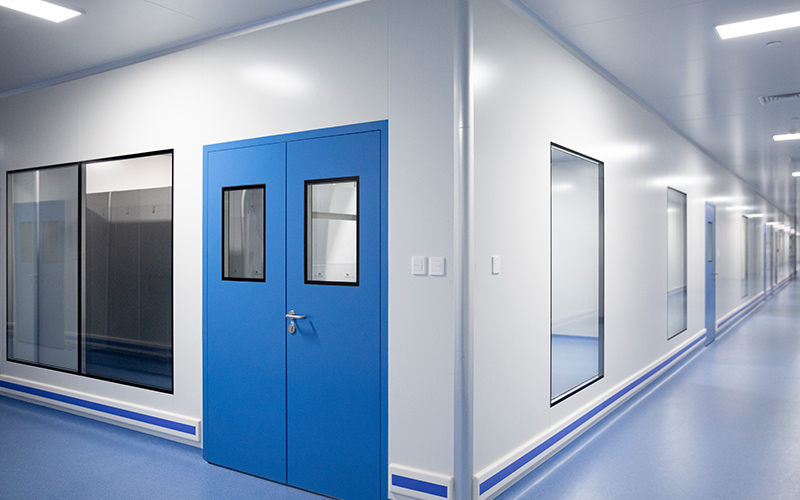 The Evolution of Air Tight Sliding Doors
The Evolution of Air Tight Sliding Doors -
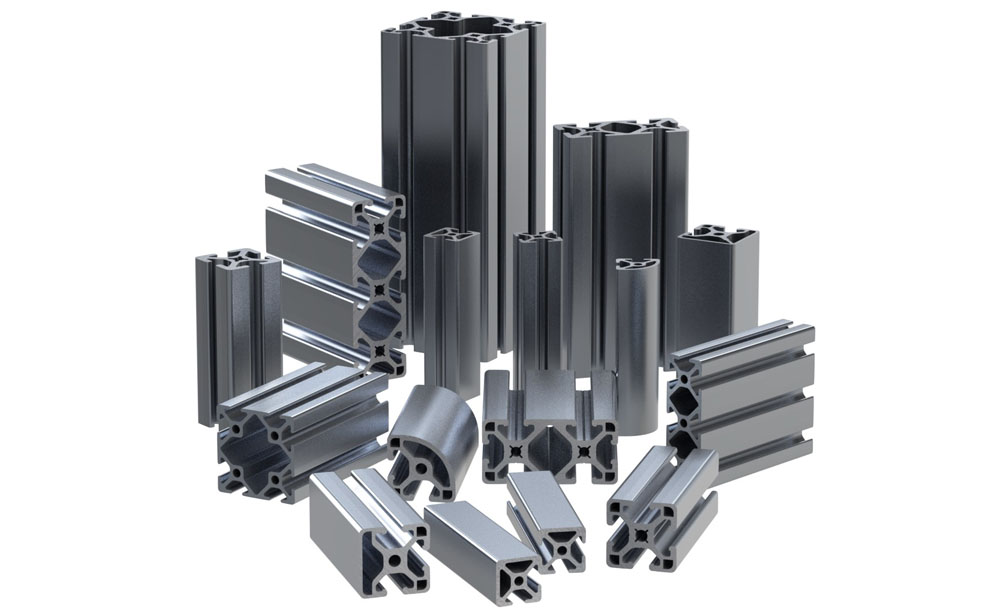 AHU Aluminium Profile: A Comprehensive Guide
AHU Aluminium Profile: A Comprehensive Guide -
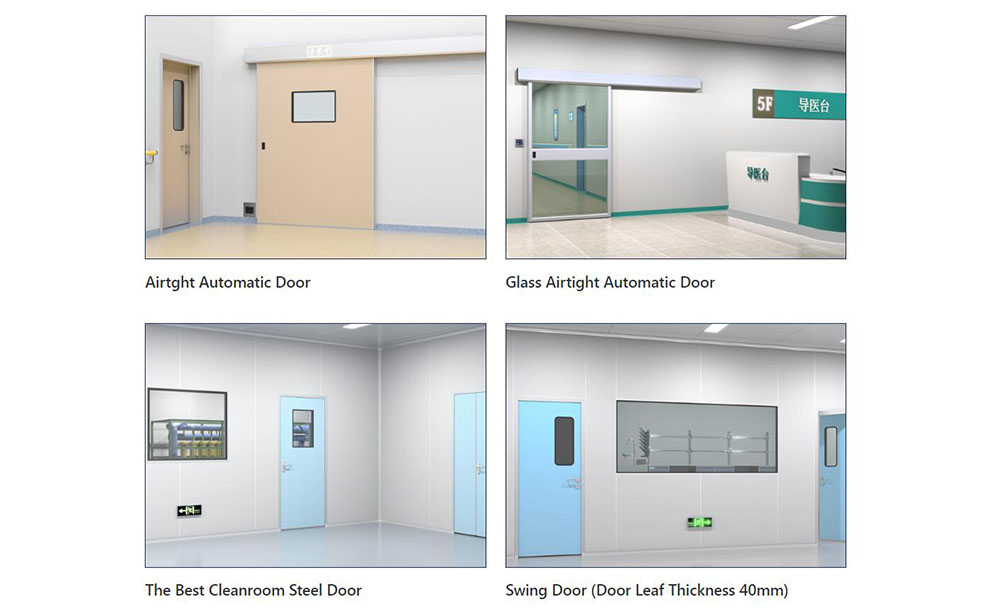 The Importance of Choosing the Right Cleanroom Door in Vietnam
The Importance of Choosing the Right Cleanroom Door in Vietnam -
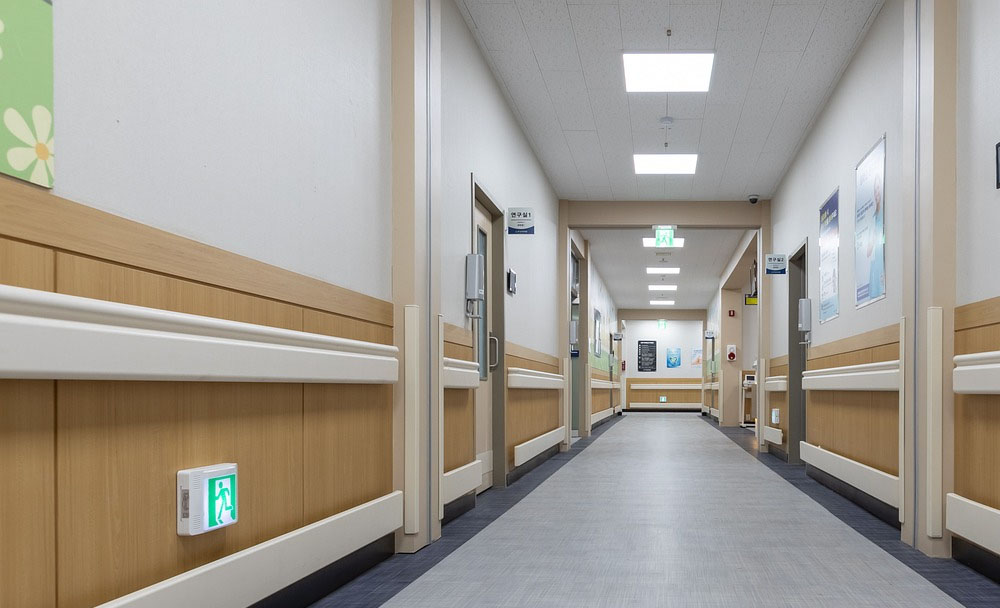 The Benefits of Hospital Automatic Doors: Enhancing Efficiency and Safety
The Benefits of Hospital Automatic Doors: Enhancing Efficiency and Safety -
.jpg) The Best Bathroom Door Manufacturers - Unlocking Endless Possibilities!
The Best Bathroom Door Manufacturers - Unlocking Endless Possibilities! -
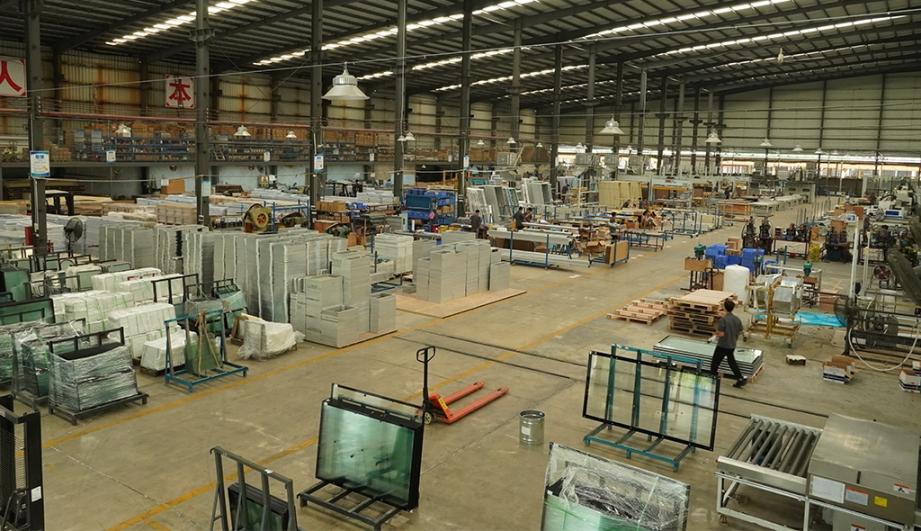 Unlock the Possibilities with AJ Manufacturing Doors
Unlock the Possibilities with AJ Manufacturing Doors -
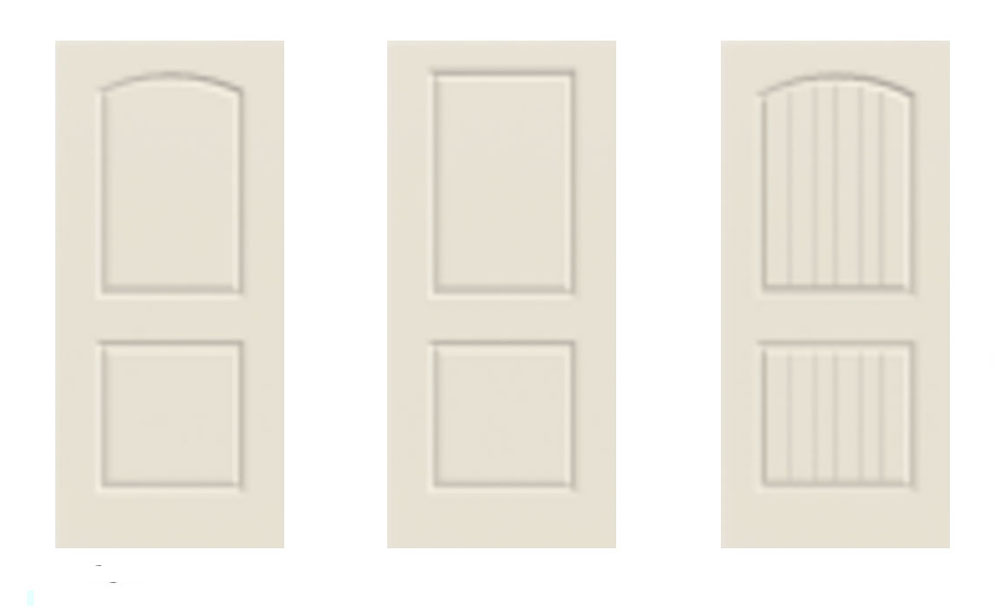 Make a Statement with Manufactured Home Interior Doors!
Make a Statement with Manufactured Home Interior Doors! -
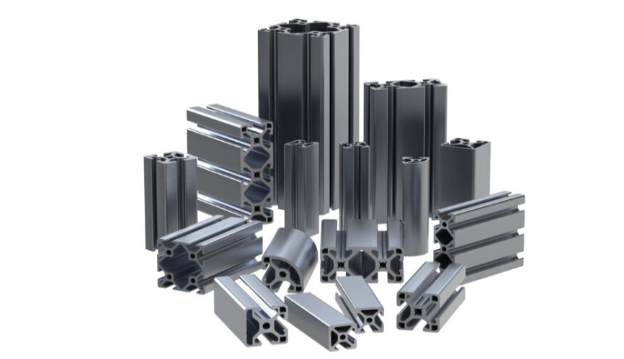 what is aluminum profile? Aluminum Profiles for Your Home is the best option
what is aluminum profile? Aluminum Profiles for Your Home is the best option
-
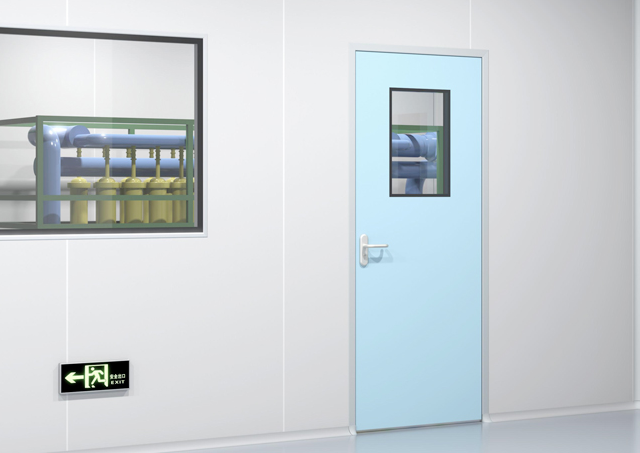 Next-Gen Medical Cleanroom Access: Introducing the Cleanroom Steel Door Solution
Next-Gen Medical Cleanroom Access: Introducing the Cleanroom Steel Door Solution -
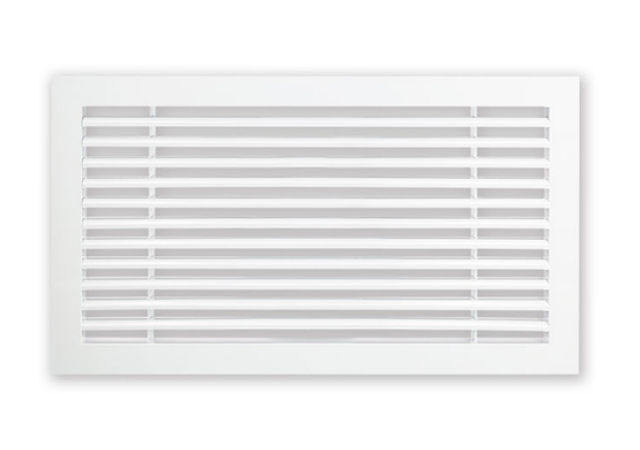 Linear Bar Grille Air Conditioning Diffuser with 0° Angle Blades for Perfect Airflow
Linear Bar Grille Air Conditioning Diffuser with 0° Angle Blades for Perfect Airflow -
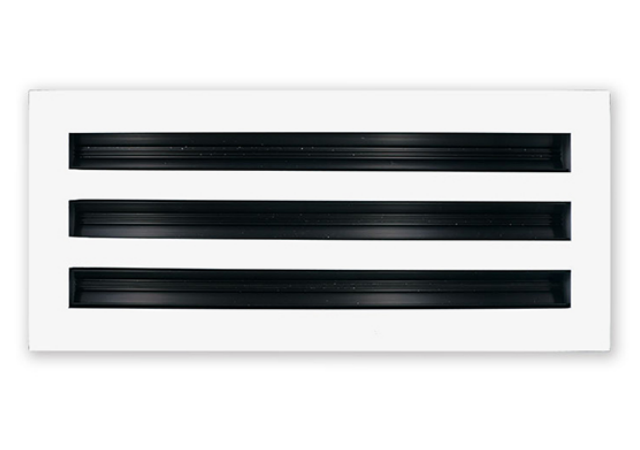 The Sleek and Efficient Linear Slot Diffuser for Air Vent
The Sleek and Efficient Linear Slot Diffuser for Air Vent -
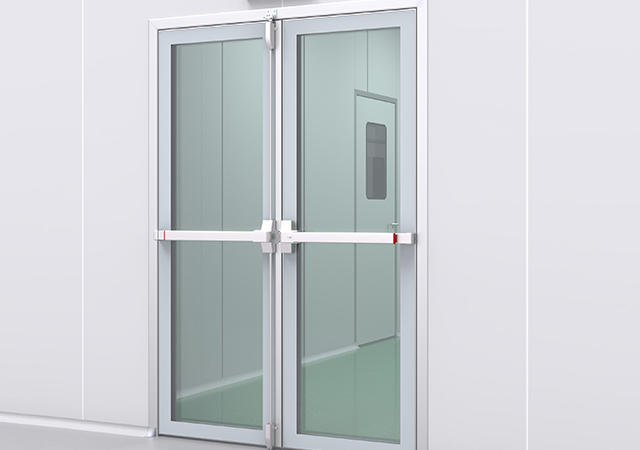 Double-Swing Glass Doors - Modern Laboratory Cleanroom Doors
Double-Swing Glass Doors - Modern Laboratory Cleanroom Doors -
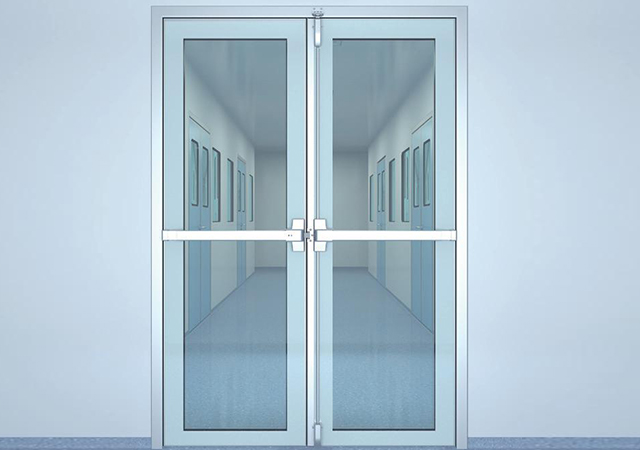 Superior Aluminium Glass Swing Door - Pharmaceutical Cleanroom Door
Superior Aluminium Glass Swing Door - Pharmaceutical Cleanroom Door -
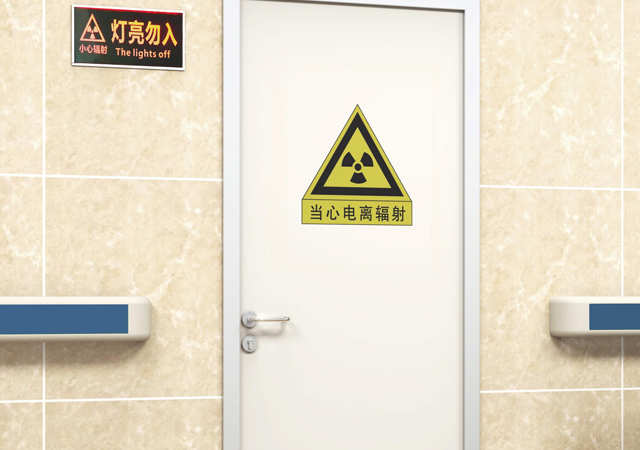 E-ZONG Leads the Way in China's Medical Lead Protection Doors: Innovation for Safety and Efficiency
E-ZONG Leads the Way in China's Medical Lead Protection Doors: Innovation for Safety and Efficiency -
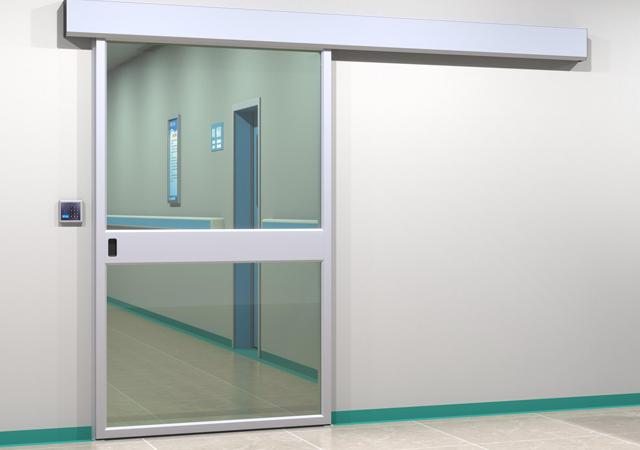 E-ZONG: Leading the Suppliers of Glass Airtight Automatic Doors for Safer, Cleaner Spaces
E-ZONG: Leading the Suppliers of Glass Airtight Automatic Doors for Safer, Cleaner Spaces -
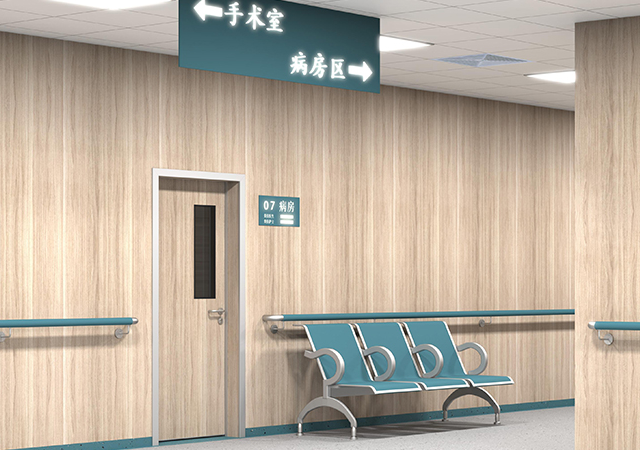 How Wall Air-Tight Swing Doors Ensure Clean Environments With Secure & Silent
How Wall Air-Tight Swing Doors Ensure Clean Environments With Secure & Silent -
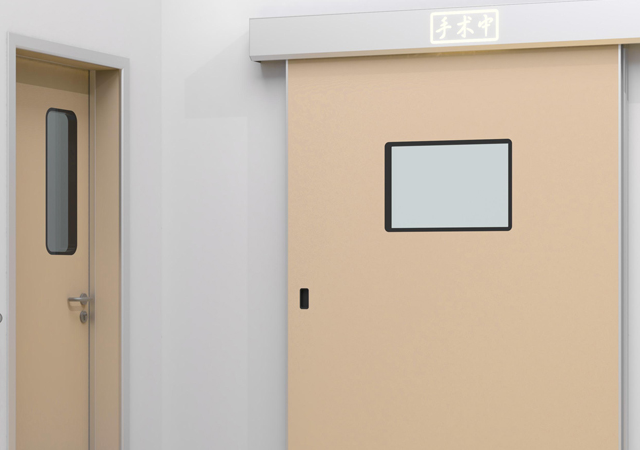 Seamless Automatic Cleanroom Sliding Doors: Smooth, Safe, and Hygienic Solutions
Seamless Automatic Cleanroom Sliding Doors: Smooth, Safe, and Hygienic Solutions -
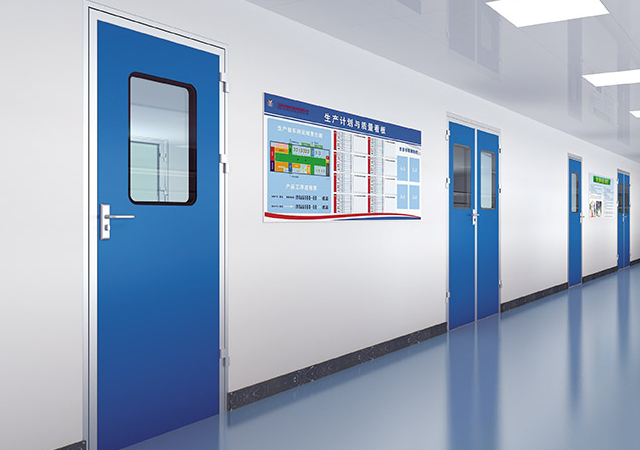 Elegant & Durable: Premium Swing Door Protection for Hospitals
Elegant & Durable: Premium Swing Door Protection for Hospitals

Guangzhou Yizhong Aluminum Industry Co., Ltd.
We are always providing our customers with reliable products and considerate services.
We are always providing our customers with reliable products and considerate services.
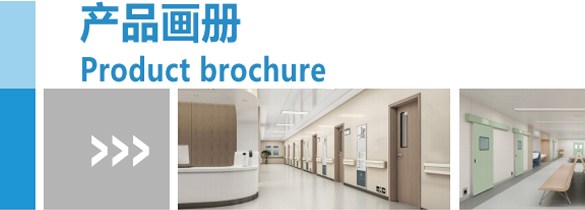
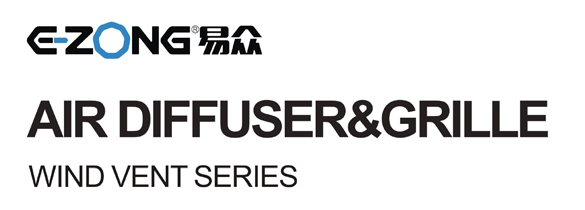

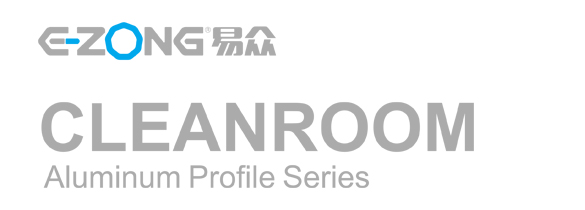






Speak Your Mind